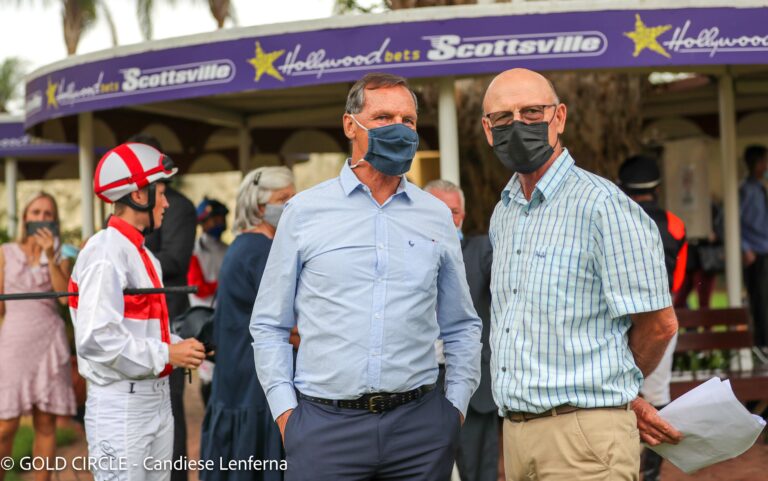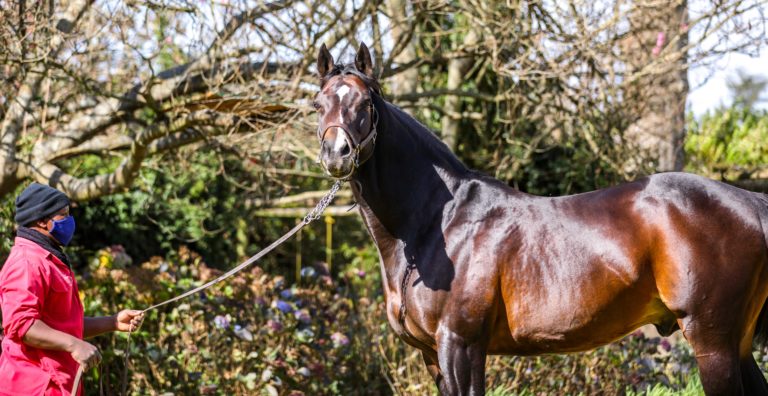KY Commission Approves Race-Day Salix Ban
| KY Commission Approves Race-Day Salix Ban |

Blood-horse.com reports that the Kentucky Horse Racing Commission, by a 7-5 vote with one abstention June 13, approved an administrative regulation that would ban the use of furosemide on race-day in graded and listed stakes over a three-year period beginning Jan. 1, 2014.
Whether it is enacted remains to be seen. Horsemen after the vote said they intend to lobby lawmakers to oppose the regulation, and there were indications from the KHRC that if other major racing states don’t follow suit by next year, the regulation could be re-examined.
Under the regulation—which now must make its way through a lengthy legislative review process—furosemide, an anti-bleeding medication also known as Salix or Lasix, would not be permitted in graded or listed stakes for 2-year-olds in 2014. The prohibition would expand until it includes all horses in graded or listed stakes in Kentucky by 2016.
The regulation includes a penalty schedule for horses found to have Salix in their systems on race day.
The KHRC originally proposed to begin the phase-out of race-day Salix use in graded and listed stakes Jan. 1, 2013. Officials said the start date was pushed back a year because of the legislative approval process.
After the vote, Kentucky Horsemen’s Benevolent and Protective Association officials said the regulation will require support from the General Assembly.
“It’s exactly where we’re heading,” Kentucky HBPA executive director Marty Maline said when asked if horsemen plan to fight the Salix ban. “Even some racing commissioners may come and join us. We’ll talk about the economic effects (on the horse industry) and the science (behind Salix). I think they’ll be more willing to listen to what we have to present.”
Votes for approval were cast by KHRC chairman Robert Beck Jr., vice chairman Tracy Farmer, Ned Bonnie, Wayne Houston, Betsy Lavin, Alan Leavitt, and John Phillips. Tom Conway, Frank Jones Jr., Frank Kling, Dr. Foster Northrop, and Burr Travis opposed the motion.
Tom Ludt abstained. Michael Pitino and Dr. Jerry Yon, chairman of the Kentucky Equine Drug Research Council, were absent. Ludt after the meeting said the issue isn’t just about Salix. He said the United States needs uniformity in all medication rules, and that he would have preferred having three or four other major racing states on board with a similar phase-out of Salix before Kentucky took the action.
Earlier Ludt said he has “no confidence other states will jump on the bandwagon,” and he asked why the vote was necessary now.
“Is this the right time to lead?” said Ludt, who noted he wasn’t speaking from his position as chairman of the Breeders’ Cup board of directors.
Beck said he doesn’t buy the argument that Kentucky will become “an island” if the Salix ban in graded and listed stakes does take effect in 2014. He said he has spoken with regulators in other states, and “there is strong support out there. Is there any guarantee on the number of states that will follow us? Not at this time.”
When he began the Salix discussion Beck indicated action by other racing states is critical.
“If on Jan. 1, 2014, Kentucky is the only state that has taken action, it will warrant a review of the regulation at that time,” Beck said. “It’s fair to say (Gov. Steve Beshear) would agree with that.”
Beshear, well-supported by Kentucky horsemen when he won re-election last fall, issued a statement late in the afternoon of June 13.
“Today’s action by the Kentucky Horse Racing Commission is an important step in removing race-day medication at Kentucky tracks, something the public has expressed a desire to see happen,” Beshear said. “We must instill a sense of confidence in the betting public’s mind that horses running in graded and listed stakes at Kentucky tracks are doing so on their own abilities.
“I am hopeful that other racing jurisdictions across the country will follow suit.”
There was widespread belief the regulation pertains to all racing breeds, but early in the meeting KHRC executive director John Ward Jr. said it only affects Thoroughbreds and Quarter Horses. Standardbreds could continue to race with race-day Salix.
After a few commissioners raised concern, and indicated they weren’t aware of the plan, it was decided the Standardbred exemption would be reviewed.
Earlier this year the United States Trotting Association at its annual meeting endorsed continued use of Salix on race day because research shows it is effective at combating exercise-induced pulmonary hemorrhaging. Use of Salix on race day hasn’t been a hot-button topic in harness racing.
A contentious issue world wide, David Thisleton reported in March this year that the Thoroughbred Daily News in the US has published a no-holds-barred open letter from Coolmore Stud director of sales David O’Loughlin that slams US racing drug dependency. O’Loughlin pointed to the demise in the quality and endurance of American horses “because they are so dependant on drugs for racing” and to the widely held belief that “chronic bursting/bleeding is endemic in American-bred horses.” He added that much of this belief stems from people’s first hand experience of US-bred stock when they were put into a racing environment with zero tolerance of Lasix. “We are all too aware of horses which couldn’t compete in Europe because they bled so badly, but went on to achieve success at a high level in America with the assistance of medication,” he wrote.
O’Loughlin reminisced about the great American-bred racehorses and sires of the past before concluding, “Many European purchasers who annually travelled to Kentucky to purchase US-bred weanlings, yearlings or broodmares no longer do so because they believe your bloodstock is now inferior and unsound.
“It’s going to take a lot of work to turn this mindset around, but if you don’t do something about it soon the commercial breeders in Kentucky will be left with a product the major international racing community no longer wants.”
In June last year the renowned South African Veterinarian, John McVeigh, speaking at the International Summit on Race Day medication, exercise-induced pulmonary hemorrhaging (EIPH) and the Racehorse, held at Belmont Park in New York, shared the findings of a 2004 South African Study that identified a genetic link to EIPH. The study, by Hans Weideman, S J Schoeman, and G F Jordaan, was very comprehensive and involved 63,146 horses and 778,532 races run over a period from 1986 to 2002. The study only considered epistaxis (bleeding from the nose) and did not use endoscopes to look for lesser bleeding.
The conclusion of the study showed that epistaxis, as related to EIPH in South African Thoroughbred sires, had a strong genetic basis. Of equal concern was that the percentage incidence of bleeding among the racehorse population increased over the 16 years of the study, particularly over the final five years. By the end it showed that 2,1% of racehorses in South Africa bled over that period.
South Africa had many stallions imported from the USA during that time and one of the recommendations made in the conclusion was that furosemide (Lasix) be banned internationally from racing, or failing that, breeders should refrain from buying potential sires that have raced on the drug.
McVeigh’s dissemination of this information at the summit could have been a contributory factor to the Breeder’s Cup decision to make the five two-year-old events Lasix free this year and to have all 15 Breeder’s Cup events Lasix free by 2013.
Information source courtesy of www.goldcircle.co.za and www.bloodhorse.com





